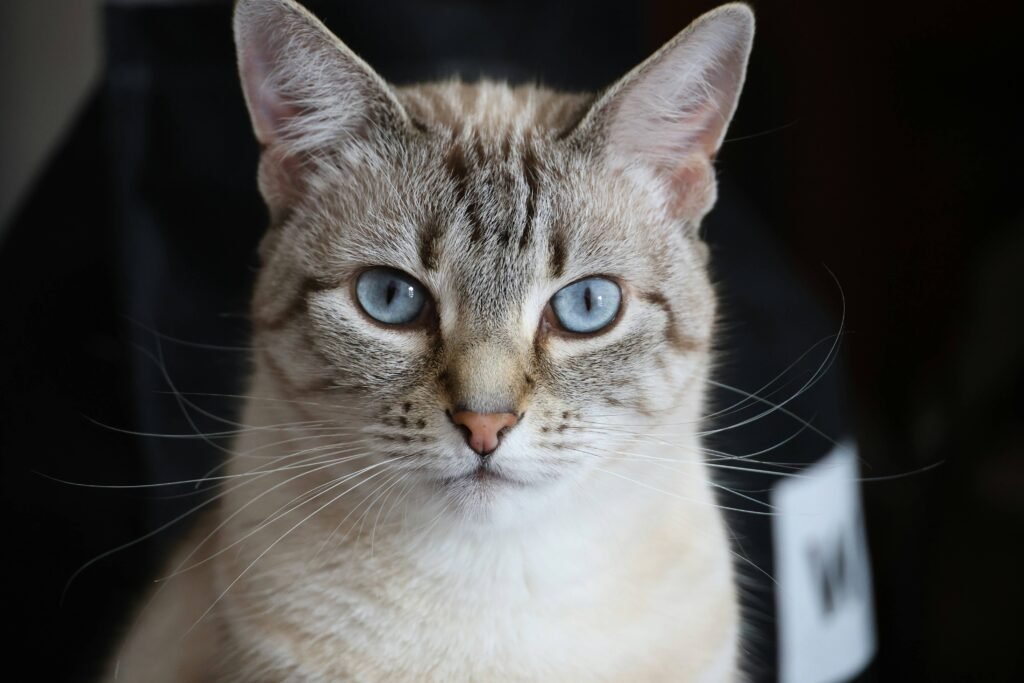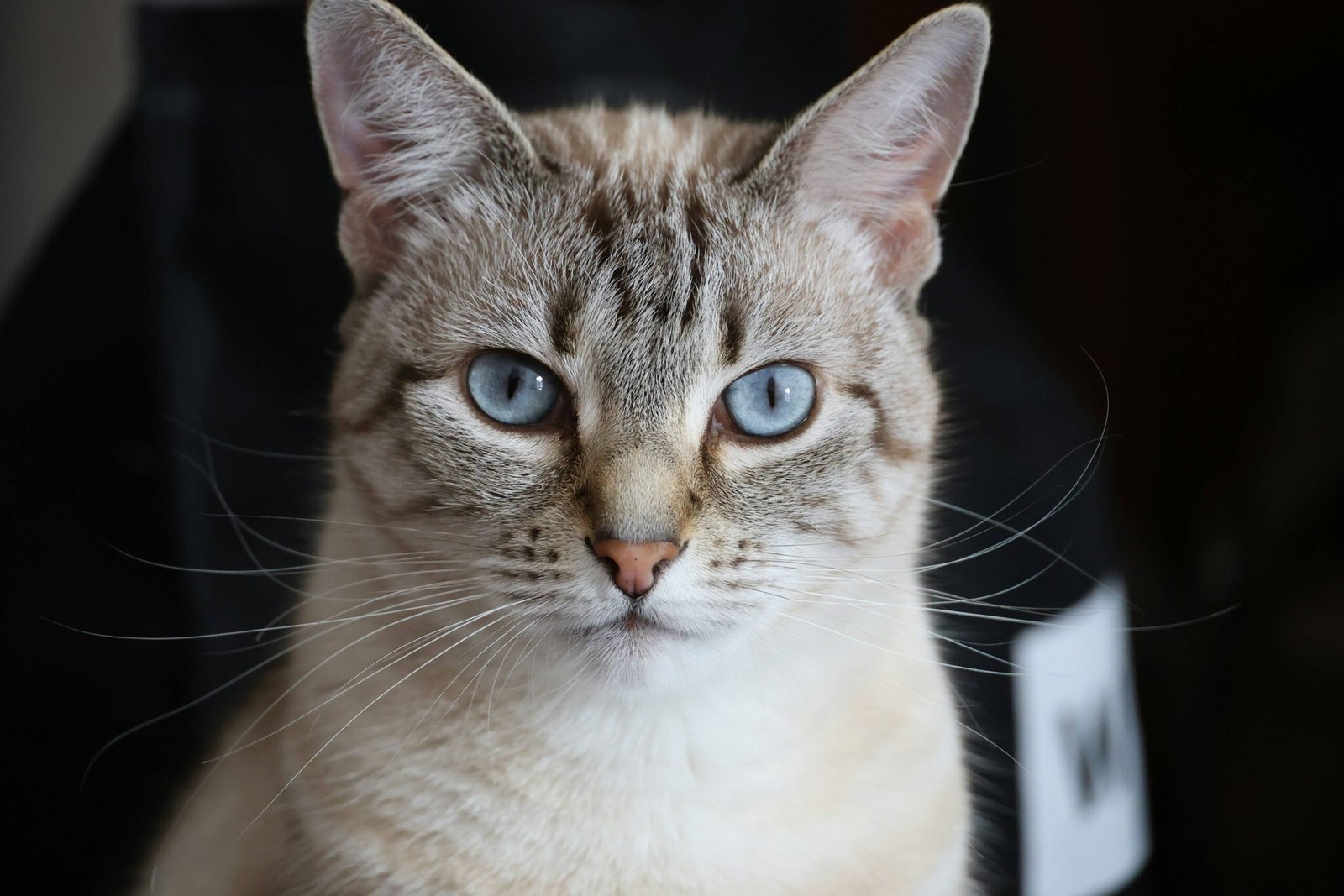Do Cats Bleed When in Heat? Understanding Feline Estrus
If you’re a cat owner, you’ve likely heard of the term “in heat” when it comes to your feline friend’s reproductive cycle. But what exactly does this mean, and do cats bleed during this time? Many pet parents become concerned when they notice unusual behaviors or physical changes in their cats during estrus (the technical term for being in heat). This blog post dives into the fascinating world of feline reproduction, addressing common questions like whether cats experience bleeding when in heat. By the end of this article, you’ll have a clearer understanding of what to expect and how to care for your cat during this phase.
Signs of a Cat in Heat: What to Look For
When a female cat goes into heat, her behavior and body language can change dramatically. These signs are nature’s way of signaling that she is ready to mate. Here’s a breakdown of the most common indicators:
Increased Vocalization : Cats in heat often yowl, meow loudly, or make other vocal sounds to attract male cats.
Restlessness and Pacing : You may notice your cat pacing around the house or seeming unable to settle down.
Excessive Affection : A cat in heat might rub against furniture, people, or other pets more than usual.
Raised Hips : Female cats often adopt a position where they raise their hindquarters when petted or approached by another cat.
Frequent Licking of the Genital Area : While this isn’t always visible, some cats will lick their genital region more often during estrus.
Understanding these signs can help you identify when your cat is in heat and take appropriate steps to ensure her comfort. Remember, every cat is unique, so not all signs may be present in every case.
Why Don’t Cats Bleed When in Heat? Key Facts Explained
One of the most frequent concerns among cat owners is whether their pets bleed when in heat. Unlike humans, female cats do not experience menstrual cycles, which clears up part of the confusion. Let’s explore why cats don’t bleed during estrus:
No Uterine Shedding : Cats do not shed the lining of their uterus as humans do during menstruation. Instead, their bodies prepare for potential pregnancy without blood loss.
Ovulation Triggered by Mating : Female cats are induced ovulators, meaning they only release eggs after mating occurs. This process reduces the likelihood of any discharge.
Minimal Discharge : While extremely rare, some cats may have slight clear or white discharge during estrus—but never blood.
Cleanliness Instincts : Cats groom themselves meticulously, so even if there were minor secretions, they would likely clean them away before you notice.
Healthy Reproductive System : Bleeding during estrus could indicate an underlying health issue rather than normal behavior.
In summary, while cats don’t typically bleed when in heat, it’s important to monitor your pet closely for any unusual symptoms. If you ever spot blood or suspect something is wrong, consult your veterinarian immediately.
Check this guide 👉How to Help Your Cat in Heat: Best 7 Expert Tips!
Check this guide 👉How to Stop a Cat in Heat from Meowing: Best 7 Expert Tips!
Check this guide 👉How to Help Your Cat in Heat: Best 7 Expert Tips!

Normal Signs of Estrus | Signs That Require Veterinary Attention |
|---|---|
Increased vocalization | Excessive licking causing irritation |
Restlessness | Visible blood or heavy discharge |
Elevated hips during petting | Lethargy or refusal to eat |
Affectionate behavior | Swollen abdomen |
Frequent rolling on the floor | Difficulty urinating |
How Long Does Estrus Last? Important Insights
The duration of a cat’s heat cycle can vary depending on several factors, including age, breed, and environment. Knowing how long estrus lasts can help you plan better for your pet’s well-being. Below are key points about the timing of a cat’s heat cycle:
Cycle Duration : A single heat episode usually lasts between 4 to 10 days.
Frequency : Cats can go into heat multiple times per year, especially during warmer months or if they live indoors.
Seasonal Influence : Outdoor cats tend to follow seasonal patterns, with peak activity occurring in spring and summer.
Indoor Cats : Indoor cats may experience continuous cycling throughout the year due to artificial lighting and temperature control.
Spaying Effects : Spaying eliminates the heat cycle entirely, preventing unwanted pregnancies and reducing stress for both you and your cat.
By understanding the timeline of estrus, you can provide timely care and support for your furry companion. Always consider spaying as a proactive measure to avoid complications related to the heat cycle.
Managing Your Cat During Estrus: Practical Tips
Dealing with a cat in heat can sometimes feel overwhelming, but there are ways to make the process easier for both you and your pet. Here are some practical tips to manage your cat during this period:
Provide Extra Attention : Spend quality time playing with or petting your cat to distract her from restlessness.
Use Interactive Toys : Toys like feather wands or laser pointers can keep your cat entertained and reduce anxiety.
Create a Calm Environment : Minimize noise and disturbances to help your cat relax during this sensitive time.
Avoid Male Cats : Keep your cat indoors and away from unneutered males to prevent unwanted pregnancies.
Consult Your Vet : If your cat seems unusually distressed or exhibits abnormal behaviors, seek veterinary guidance promptly.
With patience and preparation, you can navigate your cat’s heat cycle smoothly. Remember, each cat responds differently, so adapt these tips to suit your pet’s personality.
Signs of Discomfort in Cats During Heat
Cats in heat often exhibit behaviors that indicate discomfort or distress. Recognizing these signs early can help you provide timely support and relief.
Excessive grooming, particularly around the genital area.
Agitation or irritability when approached or touched.
Seeking out cool surfaces to lie on for comfort.
Crouching or assuming a mating posture frequently.
Vocalizing loudly at night, disrupting their usual sleep patterns.
Understanding these signs allows you to address her needs more effectively. Early intervention can make this phase less stressful for both you and your cat.
Emotional Support for Your Cat
Providing emotional support is just as important as addressing physical discomfort during your cat’s heat cycle. Strengthening your bond can help her feel more secure.
Spend quality time with her through gentle petting sessions.
Speak to her in a calm and soothing tone to reassure her.
Avoid punishing or scolding her for unusual behaviors.
Offer her favorite toys to distract and engage her mind.
Maintain a predictable daily routine to reduce her anxiety.
By focusing on emotional care, you can help your cat feel loved and supported, which can ease her stress significantly. A little extra attention goes a long way.
Health Risks to Watch For
While being in heat is natural, it can sometimes lead to health concerns that require immediate attention. Staying vigilant can prevent complications.
Monitor for signs of urinary tract infections, such as frequent urination or straining.
Watch for excessive lethargy or refusal to eat for extended periods.
Check for abnormal discharge or bleeding, which could indicate an issue.
Be alert to sudden aggression or withdrawal, which may signal pain.
Schedule regular vet check-ups to ensure her overall health is stable.
Keeping an eye on these potential risks ensures your cat remains healthy and happy. Timely intervention can prevent minor issues from becoming serious problems.
FAQ Section
Do cats bleed when in heat?
No, cats generally do not bleed when in heat. They do not experience menstruation like humans, and any sign of bleeding should be checked by a vet.
How often do cats go into heat?
Cats can go into heat multiple times a year, particularly during warmer months or if they live indoors under consistent lighting conditions.
Can I stop my cat from going into heat?
Yes, spaying your cat will permanently stop her from going into heat and also has numerous health benefits.
Is it normal for my cat to act aggressively while in heat?
Some behavioral changes, such as increased affection or irritability, are normal. However, extreme aggression should be evaluated by a vet.
Should I let my cat mate if she’s in heat?
Allowing your cat to mate can lead to overpopulation and health risks. It’s recommended to spay her instead.
Final Thoughts: Supporting Your Cat Through Estrus
Caring for a cat in heat requires patience and understanding. From recognizing the signs of estrus to knowing what’s normal versus concerning, being informed empowers you to provide the best care possible. While cats don’t typically bleed when in heat, any unusual symptoms should prompt a visit to the vet. Ultimately, considering spaying not only prevents the challenges of estrus but also contributes to your cat’s long-term health and happiness. With love and attention, you can guide your feline companion through this natural phase with ease.
Cat Fever Treatment: Best 7 Expert Tips! Discover expert advice on identifying, managing, and treating fever in cats to ensure their quick recovery and well-being.
Understanding Meloxicam for Cats: Best 7 Expert Tips! Learn how to safely administer meloxicam, manage side effects, and ensure your cat's comfort with expert advice on feline pain relief.
Amoxicillin for Cat UTI: Best 7 Expert Tips! Discover safe usage, dosage guidelines, and expert advice on treating feline urinary tract infections effectively with amoxicillin.
Understanding Cat Cancer Treatment: Best 7 Expert Tips! Discover expert advice on managing feline cancer, from early detection to treatment options, ensuring your cat’s health and comfort.





